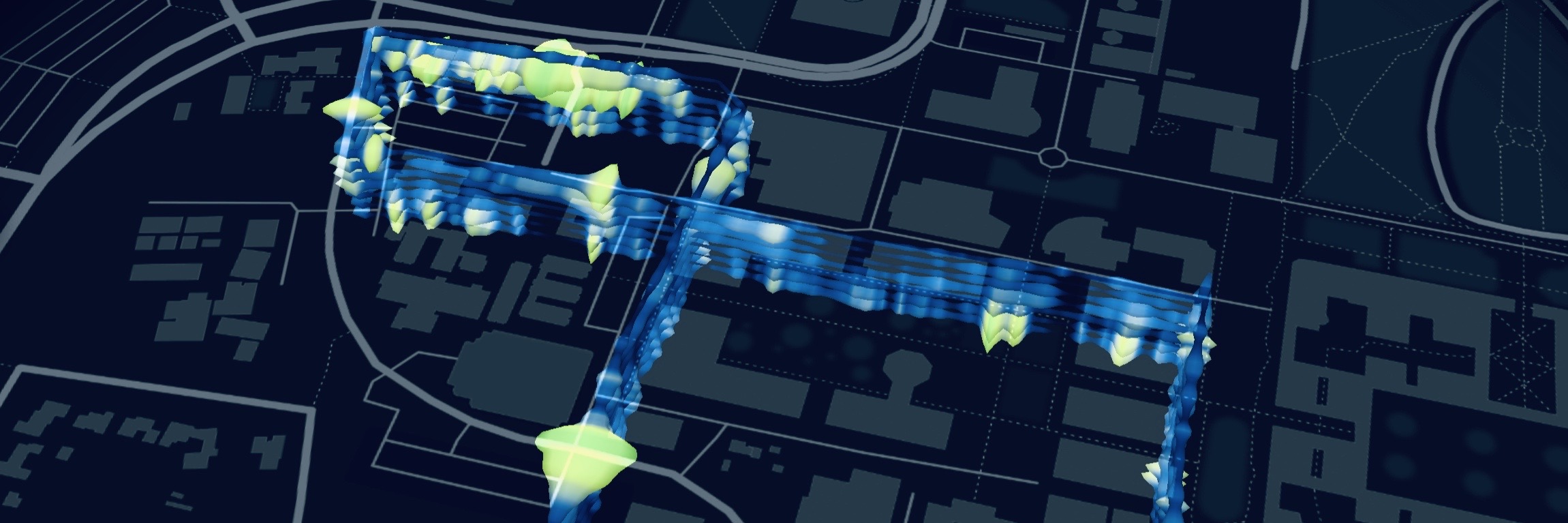Fantine Huot
Computational Earth Sciences
Tackling big earth problems using big compute.
Listening to earthquakes using telecom fiber

Many densely-populated areas, like the San Francisco Bay Area, are located in earthquake-prone regions. This makes it essential to record the local seismic activity, but deploying traditional seismic sensors in urban areas is costly and impractical.
At Stanford University, I demonstrated that it is possible to repurpose telecom fiber-optic cables — the same as for high-speed internet — to monitor local earthquake activity. This is done by sending a laser pulse through the fiber and measuring the backscattered energy. When the fiber vibrates, it shows up in the recorded data.
This technology allows for extensive seismic monitoring at low cost in urban areas. To extract this data's full value, I developed new signal processing algorithms, combining high-performance computing and deep learning, to detect earthquake activity and other sources of vibrations.
Python C++ TensorFlow
High-performance computing for large-scale simulations

I developed numerical methods for several large-scale scientific challenges: waveform imaging, fire simulation, and atmospheric modeling. The computational requirements — both in terms of processing power and memory — for these applications are immense and require custom code to run efficiently on computer clusters.
- I implemented an imaging algorithm called full-waveform inversion on Google tensor processing units (TPUs). It is one of the state-of-the-art methods used for Earth subsurface imaging. It can also improve medical imaging with ultrasound for applications such as breast cancer detection and heart condition diagnosis.
- The fire simulation was also developed on Google TPUs. Accurate fire propagation simulation is critical for wildfire disaster preparedness.
- As for atmospheric modeling, I implemented radiative patterns and dust transport mechanisms into a climate model of planet Mars. This allowed us to model carbon dioxide ice formations that matched satellite observations.
Python C++ TensorFlow